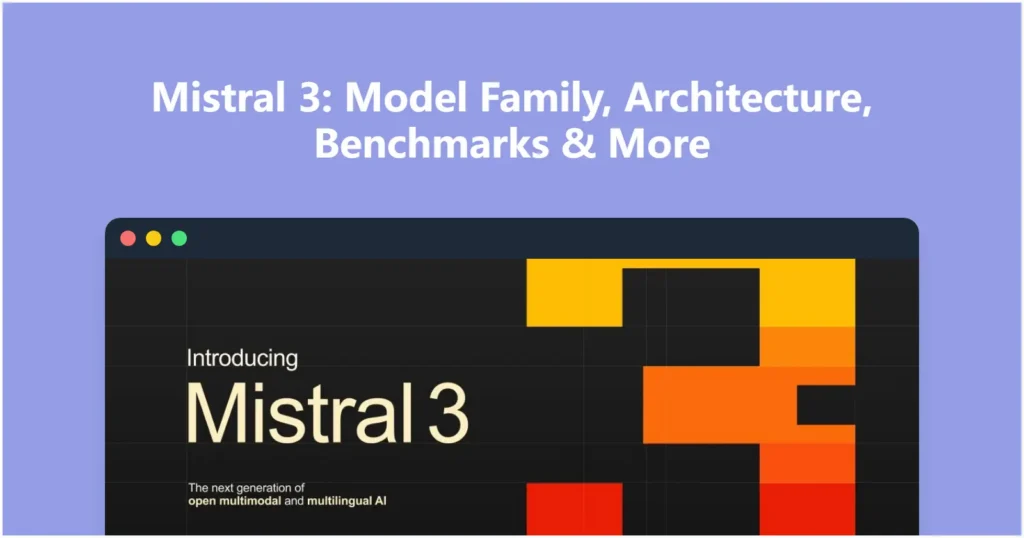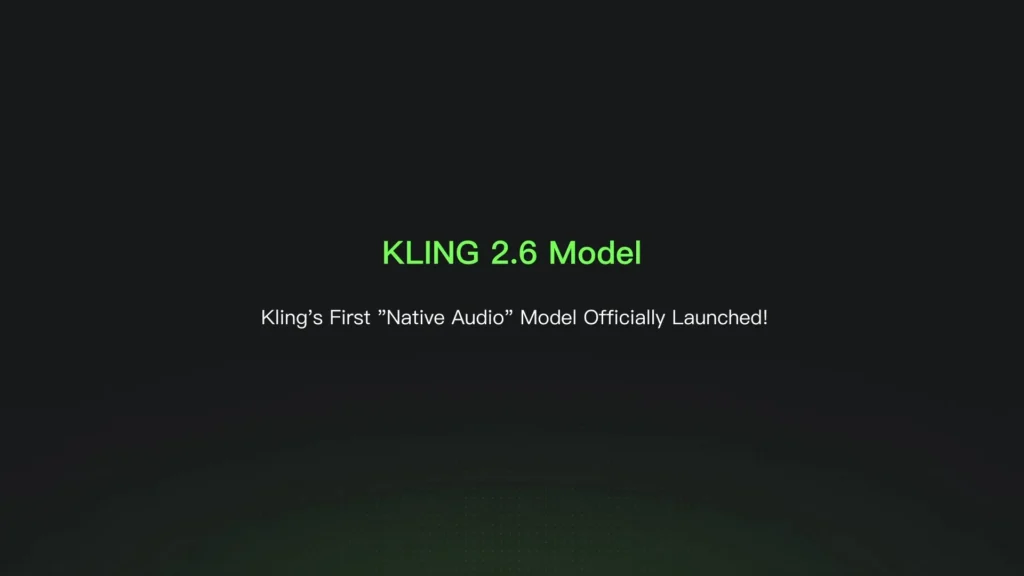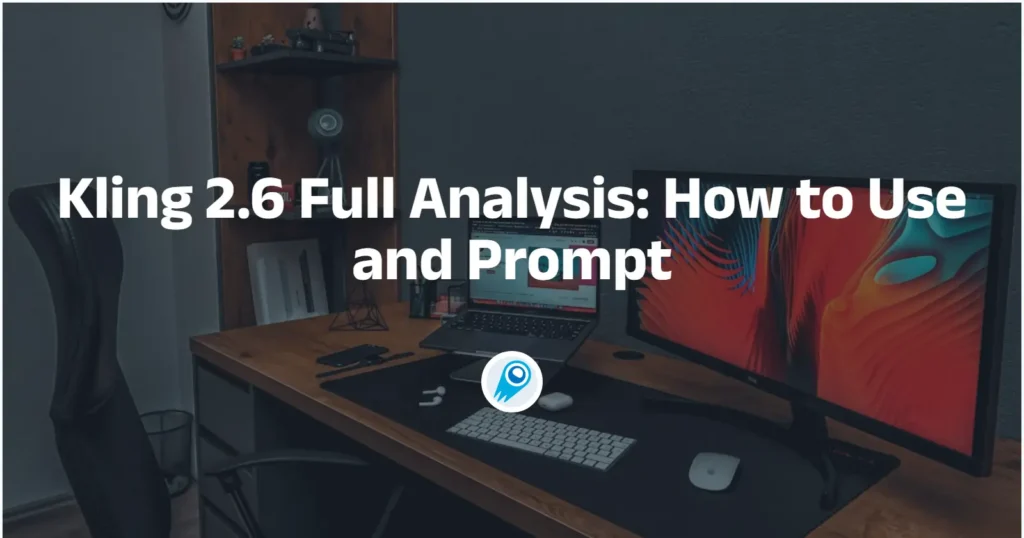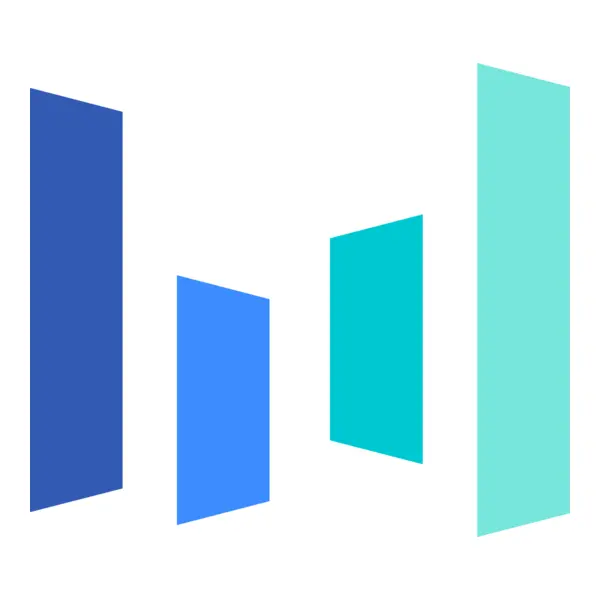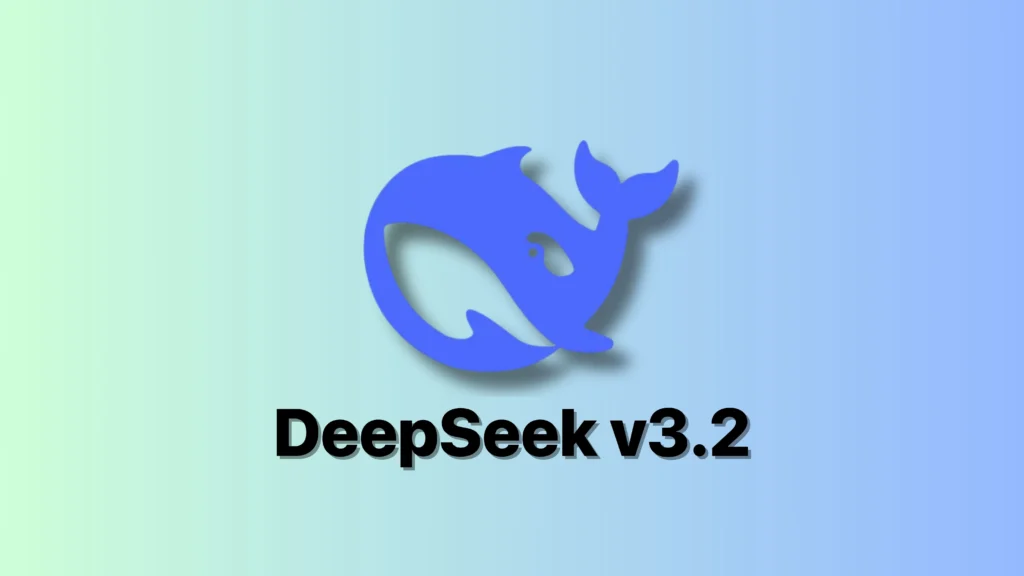Mistral 3 is the most recent, ambitious release from Mistral AI — a full family of open-weight models that pushes on several fronts at once: sparse-expert scaling at flagship size, compact dense variants for edge and local deployment, long-context multimodality, and permissive open licensing that encourages real-world use and research. What is Mistral 3? Mistral […]
How much water does ChatGPT use per day?
Short answer: ChatGPT’s global service likely consumes on the order of 2 million to 160 million litres of water each day — a very wide range driven by uncertainty about (1) how much energy a single prompt consumes, (2) how water-intensive the data-centers and the grid supplying their electricity are, and (3) how many prompts […]
Kling 2.6 explained: What’s New This Time?
Kling 2.6 arrived as one of the biggest incremental updates in the fast-moving AI video space: instead of generating silent video and leaving audio to separate tools, Kling 2.6 generates visuals and synchronized audio (voices, SFX, ambience) in a single pass. That single architectural change — simultaneous audio-visual generation — has broad implications for how […]
Kling Video 2.6 Full Analysis: How to Use and Prompt
Kling Video 2.6 is the latest major release from Kling AI (Kuaishou), and it marks a step-change: for the first time the model generates synchronized audio and video natively, removing the old two-step “video then audio” workflow that dominated AI video creation. The result is faster iteration, better lip-sync and scene-aware sound design, and higher-fidelity […]
Gemini 3 Pro vs Claude 4.5 Opus: A guide to choosing the best AI model
Gemini 3 Pro (Google/DeepMind) and Claude Opus 4.5 (Anthropic) are both 2025 frontier models focused on deep reasoning, agentic workflows, and stronger coding/multimodal capabilities. Gemini 3 Pro is positioned as Google’s broad, multimodal “reasoner + agent” with huge context windows and integrated product surfaces; Claude Opus 4.5 is Anthropic’s recalibrated Opus family member optimized for […]
Seedream 4.5 API
Seedream 4.5 is ByteDance/Seed’s multimodal image model (text→image + image editing) that focuses on production-grade image fidelity, stronger prompt adherence, and much-improved editing consistency (subject preservation, text/typography rendering, and facial realism).
Model Type: Image Generation
How to Use Deepseek v3.2 API
DeepSeek released DeepSeek V3.2 and a high-compute variant DeepSeek-V3.2-Speciale, with a new sparse-attention engine (DSA), improved agent/tool behaviour and a “thinking” (chain-of-thought) mode that surfaces internal reasoning. Both models are available via DeepSeek’s API (OpenAI-compatible endpoints) and model artifacts / technical reports are published publicly. What is DeepSeek V3.2? DeepSeek V3.2 is the production successor […]
Deepseek v3.2 API
DeepSeek v3.2 is the latest production release in the DeepSeek V3 family: a large, reasoning-first open-weight language model family designed for long-context understanding, robust agent/tool use, advanced reasoning, coding and math.
Model Type: Chat
How do I take a Claude project public and publish
Making a Claude project publicly available usually means two things at once: (1) taking the content created during a Claude Web / Claude Projects session (chat transcripts, artifacts, docs, UI “Projects”) and exporting or sharing it, and (2) taking code generated or scaffolded by Claude Code and packaging it so other people (or production systems) […]
Runway gen-4.5 Review: What is is and What is New
Runway Gen-4.5 is the company’s latest flagship text-to-video model, announced December 1, 2025. It’s positioned as an incremental but meaningful evolution over the Gen-4 family, with focused improvements in motion quality, prompt adherence, and temporal/physical realism — the exact areas that historically separated “good” AI video from “believable” AI video. Runway Gen-4.5 leads the current […]

